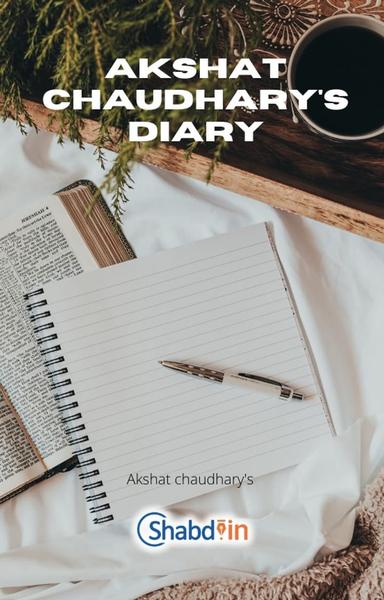Navratri, a Hindu festival celebrated with great zeal and enthusiasm, marks the triumph of good over evil. This vibrant and spiritually significant festival spans nine nights, each dedicated to a different manifestation of the Goddess Durga. Navratri, which means 'nine nights' in Sanskrit, is a time of fasting, prayer, dance, and reflection.
Day 1-3: Devi Shailaputri, Brahmacharini, and Chandraghanta
The festival commences with the worship of Devi Shailaputri, the daughter of the Himalayas. She is depicted riding a bull and carrying a trident. The next three days are dedicated to Devi Brahmacharini, symbolizing the pursuit of knowledge, and Devi Chandraghanta, who is adorned with a crescent moon on her forehead and is a symbol of peace and serenity.
Day 4-6: Devi Kushmanda, Skandamata, and Katyayani
On the fourth day, Devi Kushmanda, the creator of the universe, is worshipped. She is believed to reside in the Sun and radiates energy to the world. The fifth day is dedicated to Devi Skandamata, the mother of Lord Kartikeya, also known as Skanda. Devotees believe that worshipping her brings happiness and prosperity. On the sixth day, Devi Katyayani, the warrior goddess, is revered for her fierce form and the destruction of evil forces.
Day 7-9: Devi Kalaratri, Mahagauri, and Siddhidatri
Devi Kalaratri, the fierce and dark form of Durga, is worshipped on the seventh day. She is the destroyer of ignorance and brings light into the darkness of one's life. The eighth day is dedicated to Devi Mahagauri, a symbol of purity and serenity. The final day of Navratri is dedicated to Devi Siddhidatri, who is believed to possess and bestow all types of Siddhis (supernatural powers) to her devotees.
Navratri Celebrations:
Navratri is not just about prayers; it is also a time of celebration and cultural events. Garba and Dandiya Raas, traditional folk dances, are performed in vibrant costumes, accompanied by rhythmic music. Devotees gather in large numbers to participate in these dances, symbolizing the joyous victory of good over evil.
Fasting and Rituals:
Many devotees observe fasts during Navratri, abstaining from certain foods to purify the body and mind. The fasts are often broken with special meals, consisting of foods like sabudana (tapioca), fruits, and nuts. The rituals involve daily prayers, chanting of mantras, and offering flowers and incense to the Goddess.
Symbolism and Significance:
Navratri symbolizes the eternal battle between the forces of good and evil. It is a time to reflect on one's life, eliminate negativity, and embrace positivity. The various forms of Goddess Durga worshipped during these nine days represent different aspects of feminine energy, strength, and virtue.
Navratri is a celebration of spirituality, devotion, and cultural richness. It unites people in prayer, dance, and festivity, fostering a sense of community and shared values. As the festival concludes with the celebration of Vijayadashami, the triumph of good over evil, it leaves behind a sense of renewal and hope for the coming year. May the blessings of Goddess Durga bring prosperity, joy, and peace to all.





